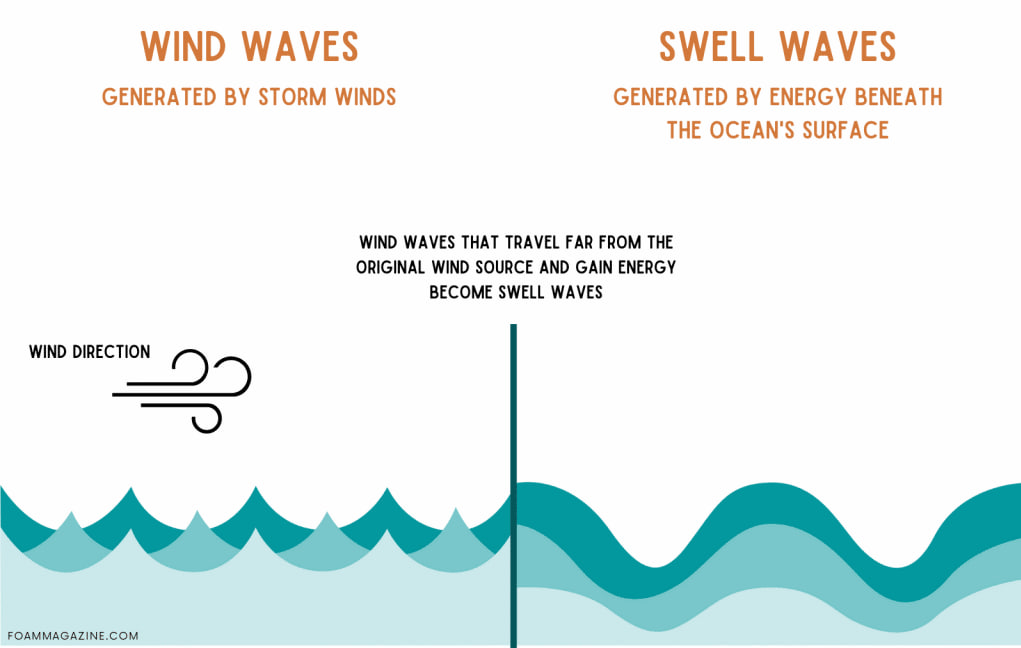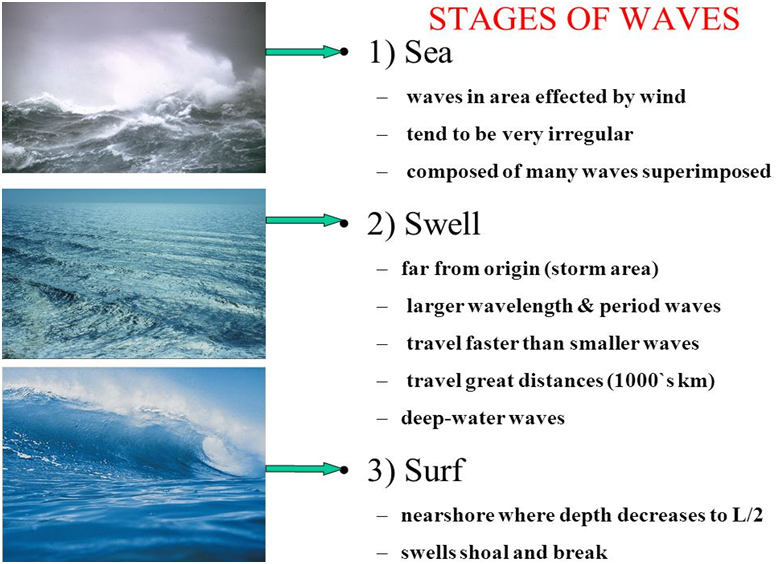Free Courses Sale ends Soon, Get It Now


Free Courses Sale ends Soon, Get It Now



Copyright infringement not intended
Picture Courtesy: https://foammagazine.com/swell/
Context: The Indian National Centre for Ocean Information Services (INCOIS) predicted hazardous swell waves to hit coastal areas in several Indian states and union territories, suggesting precaution and suspending activity near beaches.
|
The Indian National Centre for Ocean Information Services (INCOIS) was founded in 1998 to act as an integrated centre for Indian Ocean-related data collecting, research, and service supply. It is an autonomous body under the Ministry of Earth Sciences (MoES). |
Swell Waves
Key points about swell waves

|
The Indian National Centre for Ocean Information Services (INCOIS) has developed the Swell Surge Forecast System to predict the occurrence of swell waves. This system helps in issuing advance warnings to coastal populations and authorities about potential high sea waves and associated risks. |
Difference between Swell Waves and Tsunamis
Cause
Size and Nature
Speed
Impact on Land
Behavior near Coast
Summary
Must Read Articles:
Indian National Centre For Ocean Information Services (INCOIS)
Source:
|
PRACTICE QUESTION Q. Which of the following statements about swell surge is true? A) Swell surge is caused by underwater earthquakes. B) Swell surge occurs due to sudden changes in wind direction. C) Swell surge is a gradual rise in ocean water levels caused by distant weather disturbances. D) Swell surge only affects coastal areas during typhoons. Answer: C |
© 2024 iasgyan. All right reserved